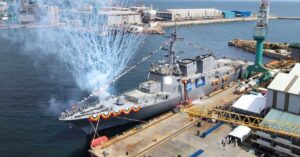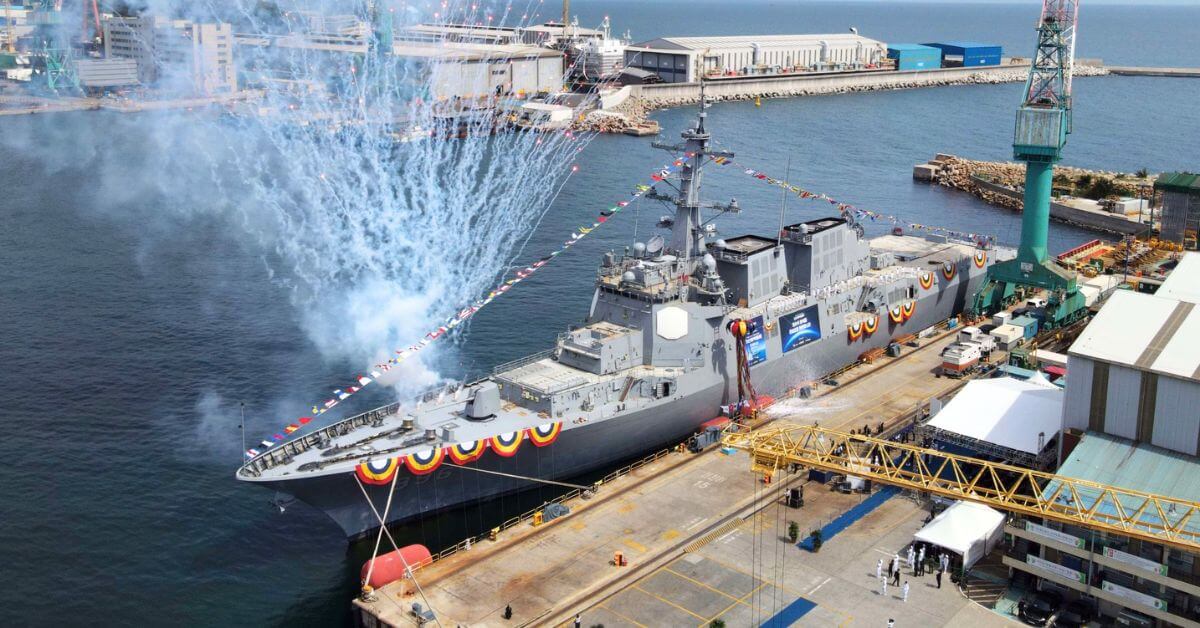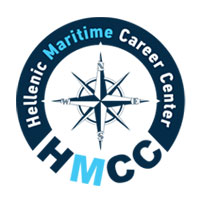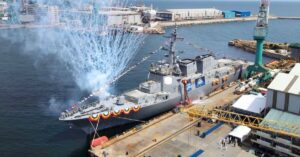
Man Drives Ferrari On Aircraft Carrier & Sets New Record For Fastest Car On Ship
September 19, 2025
Mega Cruise Ship Aroya Transits Suez Canal With 2,300 Tourists On Board
September 19, 2025

South Korean shipbuilding manufacturer, HD Hyundai Heavy Industries, is negotiating with multiple companies to acquire a U.S. shipyard as it prepares to expand into America’s naval market. A senior executive said the company is aiming to build a long-term U.S. presence and secure warship contracts for the U.S. Navy.
Woo-maan Jeong, head of planning and management for Hyundai’s naval and special ship division, explained that the group has set a revenue target of 3 trillion won (about $2.2 billion) annually by 2035 from its U.S. warship business. He said establishing a manufacturing base in America was “necessary for the future,” but did not disclose the names of the companies in talks or the size of potential investments.
Jeong said the U.S. is facing a shortage of shipbuilding capacity as its naval gap with China grows. He added that Washington would need to rely on infrastructure and resources from allies to overcome its short-term shipbuilding challenges.
Once the world’s leading shipbuilder during World War II, the U.S. shipbuilding industry now makes up only 0.04% of global output, UN data from 2024 shows. In contrast, China and South Korea together hold 83% of the commercial shipbuilding market.
Several U.S. shipyards remain active, including Philly Shipyard, which was acquired in 2024 by South Korean shipbuilder Hanwha Ocean, a yard operated by General Dynamics on the West Coast, and Huntington Ingalls Industries, one of the U.S. Navy’s largest suppliers.
South Korea has already committed significant investment to support U.S. shipbuilding. In July, Seoul pledged $150 billion for American shipyard projects as part of a $350 billion package negotiated with Washington over tariff reductions. HD Hyundai also revealed in late August that it would merge with its affiliate HD Hyundai Mipo.
Despite the opportunities, Hyundai sees several difficulties in operating within the U.S. The company cited a shortage of skilled workers and said many American shipyard employees leave within a year. Training programs could take three to five years before productivity improves, Jeong said, pointing to Hyundai’s experience setting up a shipyard in Peru.
The Merchant Marine Act of 1920, known as the Jones Act, limits domestic shipping to U.S.-built and U.S.-flagged vessels, while the Byrnes-Tollefson Amendment bars foreign yards from building naval ships. Jeong said that the U.S. Congress is reviewing possible amendments to ease these laws, though he acknowledged they are unlikely to be repealed entirely.
On September 17, HD Hyundai Heavy Industries christened an 8,200-metric-ton Aegis-equipped destroyer at its Ulsan shipyard. The vessel, which is the world’s most powerful Aegis destroyer to date, will be delivered to the South Korean Navy by the end of 2026, was completed in just 18 months.
Hyundai emphasised that the destroyer integrates U.S. technology, including combat systems from Lockheed Martin, describing it as a symbol of U.S.-Korea cooperation.
Reference: Reuters
Source: Maritime Shipping News


